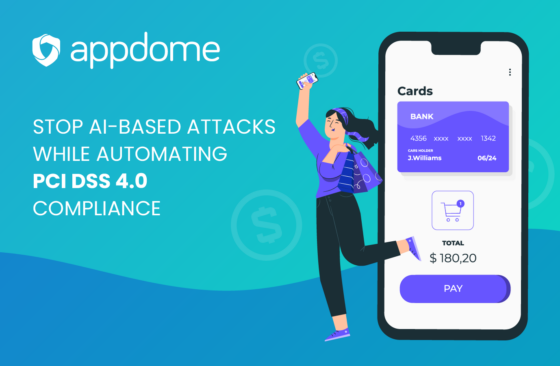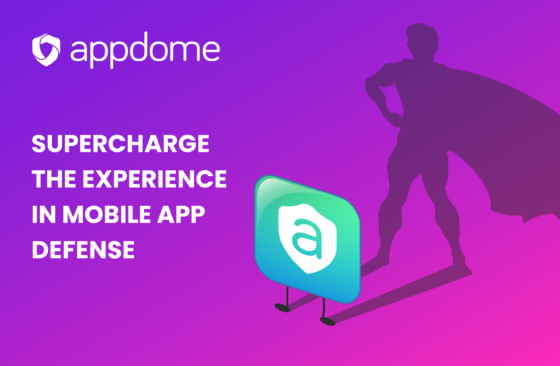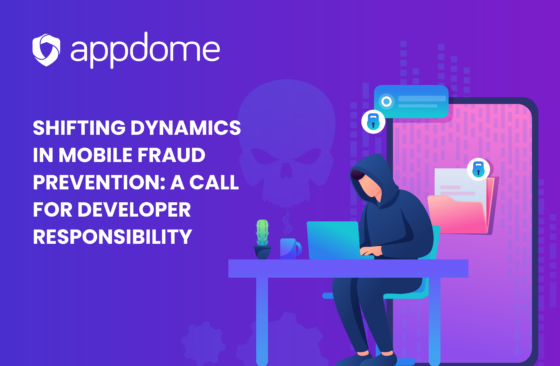The average cost of a corporate data breach is a whopping $3.86 million, according to a 2018 report by the Ponemon Institute. With the proliferation of smartphones, it is safe to say that almost all knowledge workers regularly access corporate data from their mobile devices. More than that, it’s almost a certainty that the mobile apps knowledge workers use on mobile devices store critical user, corporate and other data on the mobile device. Because of this, CSO Online says that mobile security and is now at the top of every company’s worry list. In this blog I will discuss how you can easily prevent mobile app intrusion.
How to Prevent Mobile App Intrusion
To prevent mobile app intrusion, organizations and developers need to consider the top five vectors of attack that hackers use to break into mobile apps, steal user credentials, and steal mobile app data. Safeguarding these vectors of attack help protect mobile apps against malicious intrusions, including protecting users from threats such as credential theft and credential stuffing.
Appdome is proud to offer mobile organizations and mobile developers a quick and easy way to deploy in-app protections to any Android and iOS app in seconds – no code or coding required.
Here is a summary of the top 5 ways to prevent mobile app intrusion. The reality is that multiple solutions need to be implemented, combining security features to achieve the best outcome for mobile end users.
#1 – Ensure OS Integrity
Mobile app security starts by ensuring the environment in which the app operates is safe. A breach of integrity in the mobile OS such as a Jailbreak (iOS) or Root (Android) makes the mobile device operating environment unsafe. Hackers often jailbreak or root a device as the first step to break into the mobile app. In other cases, hackers take advantage of users that jailbreak or root their device for personal purposes. Unfortunately, most jailbreak/rooted solutions simply prevent a mobile app from installing on a jailbroken/rooted device. But what if the jailbreak or rooting occurs after the app is installed and in the user’s hands?
Appdome provides mobile apps with operational protection against jailbreak and rooting events. This is a uniquely different approach. Once Appdome Jailbreak or Rooting is added to an Appdome Fused app, the Fused app cannot be installed nor used on a jailbroken or rooted device. The Appdome Fused app recognizes and responds independently (i.e., without the need of an external policy service). When it detects a device is jailbroken/rooted, the app presents a notice to the user and closes to protect the user and app data.
#2 – Encrypt Known Stores of User Data
Most, if not all mobile apps, create and/or store data needed by the app. This includes mobile app content, user credentials, transaction, event history and more. To protect this data against leakage or theft, organizations and developers should encrypt any data-at-rest stored by the app. A large number of apps don’t encrypt data-at-rest. Those that do, often only protect some of the data generated by the app (not all data used by the app). As a result, mobile data and user credentials can remain in the clear.
To guard against data and credential theft, organizations and mobile developers should enhance their mobile apps with a combination of Appdome’s Data-at-Rest Encryption, Encryption of Strings and Resources and well as In-Memory Encryption so that all app data and any user credentials are always encrypted.
Data-at-Rest Encryption, Encryption of Strings and Resources and well as In-Memory Encryption are independent mechanisms in the app. This means that separate methods are used to protect segmented data stores inside every Appdome Fused app, ensuring the maximum protection for all data-at-rest generated or used by mobile apps.
#3 – Protect Mobile Apps When in Use
Every time a mobile device connects to an untrusted Wi-Fi network, it exposes itself against possible malicious attacks. For as little as $99, anyone can launch a Man-in-the-Middle (MiTM) attack. MiTM attacks allow hackers to steal user credentials and more.
With Appdome, organizations and mobile developers can protect the app and the app user while the app is in use. Appdome’s Trusted Session Inspection protects mobile apps from MiTM attacks. Appdome also allows developers and organizations to establish Trusted Certificate Authorities (Cert Pinning), as well as add protections that detect malicious proxies and more. In addition, blurring the application screen provides the user with mobile privacy, ensuring that shoulder surfing is also prevented when users use mobile apps.
#4 – Mobile Bot Detection and Prevention
Mobile apps are high-value targets for hackers and malicious users. If they get access to the apps, they can launch attacks on an organization’s web servers to bring down the network or steal information. Knowing that a bot has infiltrated your mobile app infrastructure is an extremely useful prevention mechanism. Knowing that a bot exists, allows users to be notified and servers to be protected against bots.
Organizations are already protecting web servers from bots by adding solutions like F5’s Anti-Bot to their existing infrastructures. Now, to combat the mobile app threat from bots, F5’s Anti-Bot SDK extends Bot protection to mobile apps.
Appdome is proud to offer a no-code implementation of the F5 Anti-Bot SDK. Using Appdome , organizations don’t have to manually code the Anti-Bot SDK to their Android and iOS apps. They can enhance their mobile apps with bot protection in seconds, without code or coding.
#5 – Shielding the App Codebase
The final vector of attack hackers may use is break into the app and/or tamper with or reverse engineer the app. Hackers use this to create malicious versions of the app, trojans, and simply steal IP. In addition, hackers look for in-app secrets and debug symbols, anything that makes it easier for them to steal from mobile developers and prey on unsuspecting mobile end users.
To shield mobile apps from tampering, reversing and similar attacks, Appdome offers the industry’s first no-code app shielding and app hardening service. Known as ONEShield™ and TOTALCode Obfuscation™, organizations and mobile developers can use Appdome to protect any app from tampering, reversing and other attacks. In addition, they can fully obfuscate the entire code of the app, protecting the app logic and thus the IP of the mobile developer.
Final Recommendations
Appdome recommends protecting against all 5 vectors of mobile attack. It is imperative that protections operate independently, so that there is no one-single point of failure in your security posture. It’s also important that unique methods be used to protect different parts of your app. This way, you have the added benefit of eliminating the risk of a cascading failure or “domino” effect in your app.
Appdome, through its one-of-a-kind platform and partnerships is the only solution that delivers on the promise of multi-vector intrusion prevention for mobile apps. Organizations and mobile app developers can use Appdome to prevent mobile app intrusion and safeguard the app, the user, all information in the app and the app logic from any malicious event to compromise the app and use it for an attack – in seconds.
To see how you can prevent mobile app intrusion, instantly without coding, get started with Appdome today.






